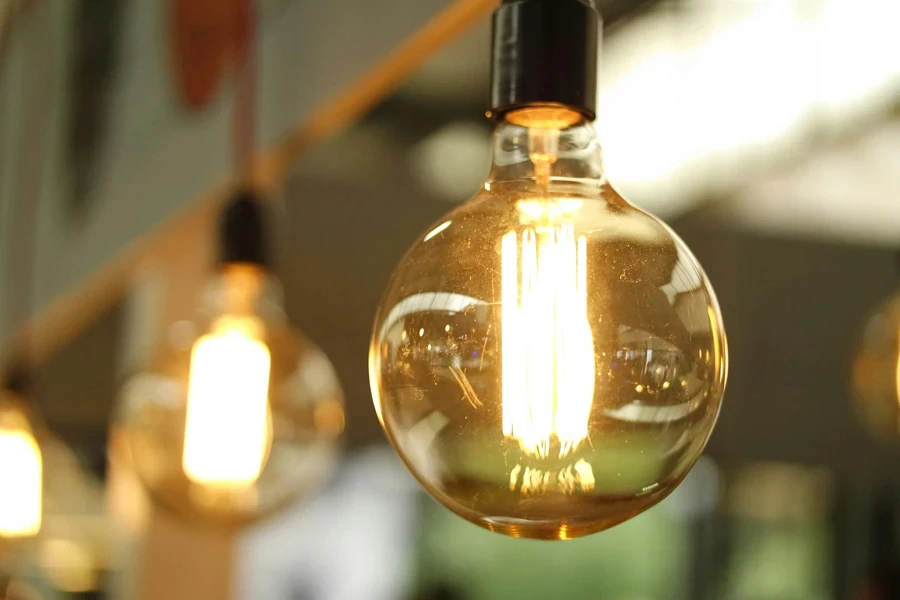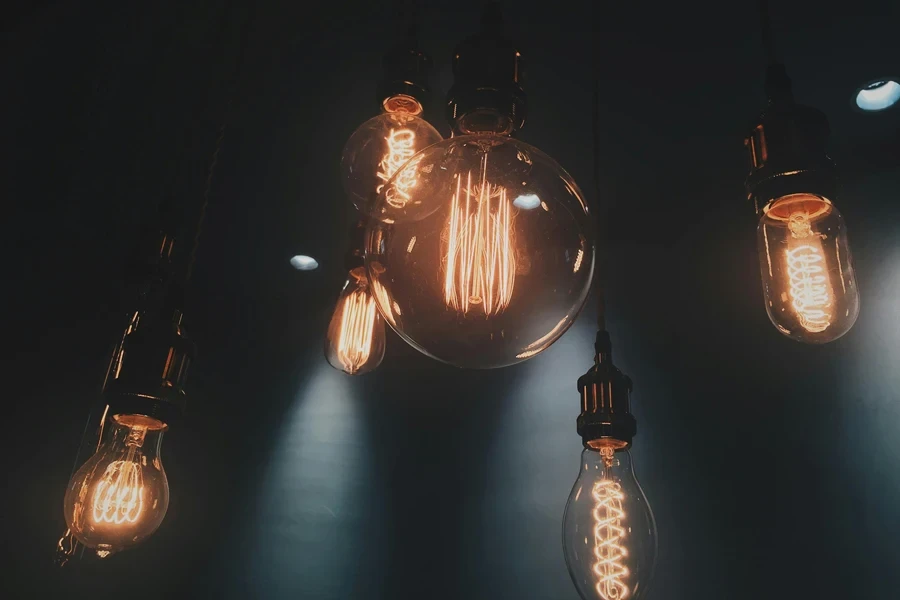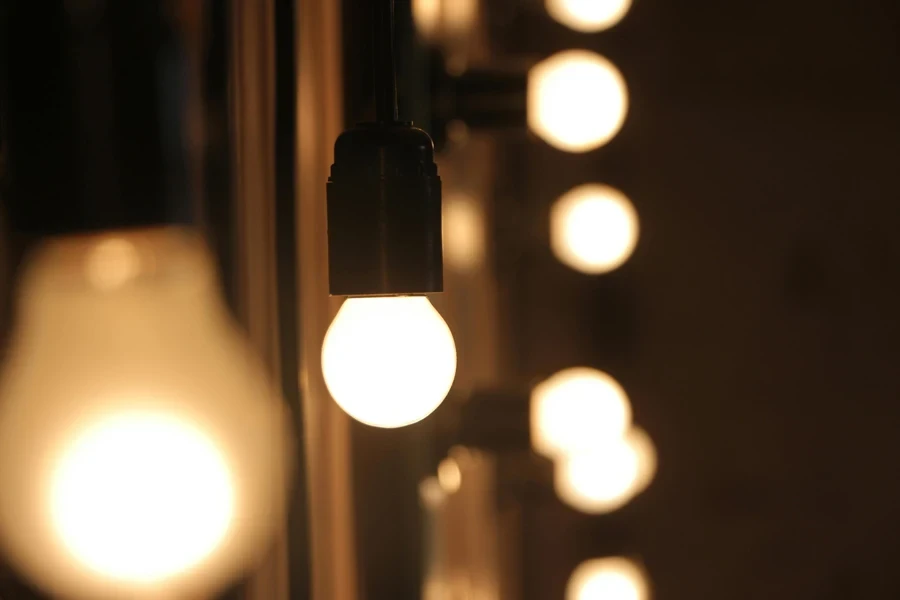Table of Contents
● Introduction
● Market overview
● Key design, technical, and material innovations
● Top-sellers driving market trends
● Conclusion
Introduction
The evolution of vehicle light bulbs significantly reshapes the automotive lighting industry, enhancing performance, energy efficiency, and innovative functionalities. Modern advancements, particularly in LED technology, have led to superior illumination, longer lifespans, and lower energy consumption than traditional incandescent and halogen bulbs. Integration with the Internet of Things (IoT) and smart lighting systems has further revolutionized the market, allowing for features like remote control, adaptive lighting, and improved safety. These technological breakthroughs comply with stringent government regulations aimed at reducing energy consumption and carbon footprints and align with the growing consumer demand for sustainable and high-quality lighting solutions. The market is witnessing significant growth, driven by these innovations and a shift towards energy-efficient products, transforming functionality and design in the automotive industry.

Market overview
The global vehicle light bulb market, particularly LED lighting, was valued at USD 81.48 billion in 2023 and is projected to grow at a compound annual growth rate (CAGR) of 11.0% from 2023 to 2030, according to Grand View Research. This significant growth is driven by increasing construction activities in both developed and developing regions, alongside supportive government regulations aimed at reducing energy consumption through the adoption of energy-efficient lighting solutions. The market is segmented into several key product types: LED, halogen, incandescent, and compact fluorescent lamps (CFL). Among these, LED lights dominate the market due to their superior energy efficiency and long lifespan
Government regulations promoting energy-efficient lighting are a primary driver of market growth. Governments worldwide are implementing stringent laws to phase out inefficient lighting systems, further boosting the demand for advanced lighting technologies. For instance, the U.S. Department of Energy estimates that widespread adoption of LED lighting by 2027 could save about 348 TWh of electricity, equivalent to the annual electrical output of 44 large electric power plants. In China, the LED lighting market is projected to grow at a CAGR of 11.4% from 2023 to 2030, according to Grand View Research. Technological advancements, such as the integration of the Internet of Things (IoT) and smart lighting systems, are also key drivers, offering enhanced functionalities like remote control and adaptive lighting.
Key design, technical, and material innovations

LED technology
LED technology has revolutionized vehicle lighting by offering longevity, energy efficiency, and significant environmental benefits. According to Grand View Research, LED lights can last up to 50,000 hours, about 50 times longer than traditional incandescent bulbs. Their energy efficiency is unmatched, as they consume up to 80% less energy than conventional lighting solutions, drastically reducing both energy costs and carbon footprints. The integration of IoT and smart lighting systems has further enhanced the functionality of LED bulbs. These systems allow for remote control, adaptive lighting, and energy usage monitoring, making vehicle lighting more efficient and user-friendly. Advances in LED color temperatures and light quality have also contributed to their popularity. Modern LEDs offer a range of color temperatures, from warm to cool whites, providing better visibility and a more customized lighting experience for drivers. Furthermore, LEDs are being designed with improved heat dissipation technologies, which enhance their performance and lifespan, making them even more reliable for automotive applications.
Halogen and incandescent improvements

While LEDs dominate the market, improvements in halogen and incandescent bulbs remain relevant for specific applications. Enhanced halogen bulbs offer higher efficiency and brighter illumination, making them ideal for car headlights and other precision applications. According to Just Energy, halogen bulbs use a tungsten filament that operates at a higher temperature, resulting in better light quality and a longer lifespan than traditional incandescent bulbs. Innovations in incandescent bulbs, such as improved filament materials and better gas mixtures, have extended their usage in niche markets requiring specific lighting characteristics. These improvements include more durable filaments and enhanced vacuum or gas fill technologies, which help prolong the bulbs’ life and improve their performance under different conditions. Additionally, modern halogen and incandescent bulbs are being designed with more robust and heat-resistant materials, making them more suitable for the demanding environments of vehicle lighting.
Compact fluorescent lamps (CFLs)
Compact Fluorescent Lamps (CFLs) have seen technical enhancements that reduce flicker and improve light quality, making them a viable option for vehicle lighting. According to Saving Light Bulbs, modern CFLs have electronic ballasts that stabilize lamp current, eliminating the flicker seen in older models. These technical improvements and design adaptations that allow CFLs to fit various lighting fixtures have increased their adoption in applications where long-term, stable lighting is needed. CFLs are also more energy-efficient than incandescent bulbs, offering significant energy savings over their operational lifespan. Additionally, advancements in phosphor coatings have led to better color rendering and more consistent light output from CFLs, making them more appealing for use in both interior and exterior vehicle lighting. The development of dimmable CFLs and those with faster startup times has further broadened their applicability, providing more flexibility and functionality in automotive lighting solutions.
Emerging technologies
Emerging technologies are pushing the boundaries of vehicle lighting further. Light Fidelity (LiFi) is an innovative technology that uses LED lights for high-speed data communication. This technology can transform vehicle lighting into a medium for data transfer, enhancing connectivity and functionality. Built-in lighting solutions are becoming more popular, integrating lights seamlessly into vehicle interiors and exteriors, improving aesthetics and functionality. Built-in lights are especially useful in modern vehicle designs, where sleek, unobtrusive lighting is desired. According to the Economic Times, such advancements in lighting technology are setting new standards in the industry, paving the way for smarter and more efficient vehicle lighting systems. Other emerging technologies include advanced optical designs that enhance light distribution and intensity, as well as the use of organic LEDs (OLEDs) which offer flexible, thin, and lightweight lighting options. These innovations are expanding the possibilities for vehicle lighting design, allowing for more creative and functional lighting solutions that can adapt to the evolving needs of the automotive industry.
Top-sellers driving market trends

LED dominance
LED bulbs have become the dominant force in vehicle lighting due to their exceptional performance and energy efficiency. Leading LED models, such as Philips X-tremeVision and OSRAM Night Breaker, offer superior brightness and extended lifespans, making them popular choices among consumers. These bulbs consume up to 80% less energy than traditional incandescent bulbs, significantly reducing energy costs and carbon footprints, according to Just Energy. Consumer preferences are shifting towards LEDs for their reliability, durability, and ability to produce various color temperatures, which enhance visibility and safety on the road. The versatility and rapid advancements in LED technology continue to drive market growth and set new standards for vehicle lighting. Additionally, the integration of smart features, such as Wi-Fi connectivity and adaptive lighting systems, has further cemented LEDs’ position as the top choice for modern automotive lighting.
Halogen bulbs in automotive
Despite the rise of LED technology, halogen bulbs remain popular in automotive applications, particularly for vehicle headlights. Top models like Sylvania SilverStar Ultra and GE Nighthawk are renowned for their bright, white light output and affordability. Halogen bulbs, known for their compact size and high-intensity illumination, are preferred for their ability to produce a natural light that closely mimics daylight. This makes them ideal for driving conditions that require sharp visibility. According to Just Energy, halogen bulbs are also more cost-effective upfront compared to LEDs, making them a practical choice for many consumers. Their quick startup time and compatibility with existing vehicle lighting systems further bolster their continued use in the automotive industry. Moreover, innovations in halogen technology, such as improved gas mixtures and better filament materials, have enhanced their performance and lifespan, keeping them relevant in the market.
Specialty bulbs
Specialty bulbs cater to niche markets with innovative applications, particularly in industrial and medical settings. For instance, ultraviolet (UV) bulbs are used for sterilization and disinfection in medical facilities, while infrared (IR) bulbs are essential in industrial processes like curing and heating. According to the Economic Times, specialty bulbs such as LiFi-enabled LEDs, which use light for data communication, are emerging as cutting-edge solutions in both industrial and commercial environments. These bulbs offer unique functionalities that go beyond basic illumination, providing critical applications that support various industries’ operational needs. In the automotive sector, specialty bulbs like high-intensity discharge (HID) lamps and xenon headlights are gaining traction for their superior brightness and efficiency. The continuous development of specialty lighting solutions underscores the dynamic nature of the lighting market and its ability to meet diverse and specialized requirements, ensuring that specific lighting needs are effectively addressed.

Conclusion
The vehicle light bulb market is experiencing dynamic growth driven by technological advancements and regulatory support, setting the stage for continued innovation and enhanced lighting solutions. The rise of LED technology, improvements in halogen and incandescent bulbs, and the emergence of specialty lighting applications are transforming the industry. As consumer preferences shift towards more efficient and versatile lighting options, and as regulatory frameworks promote energy conservation, the market is poised for sustained expansion. These developments promise to deliver superior performance, enhanced safety, and greater energy efficiency, ensuring that vehicle lighting continues to evolve and improve.




